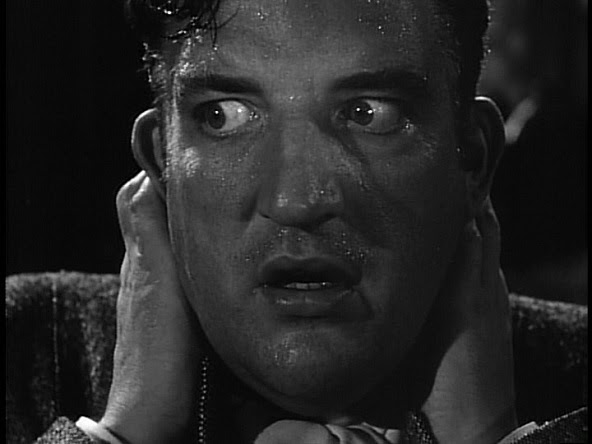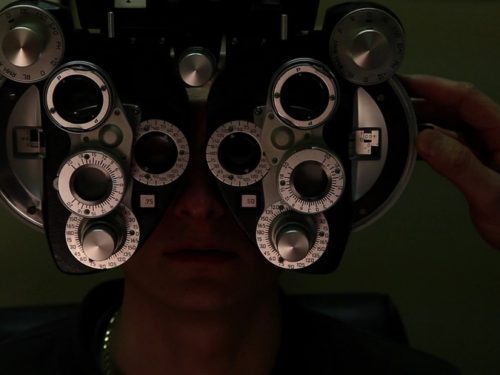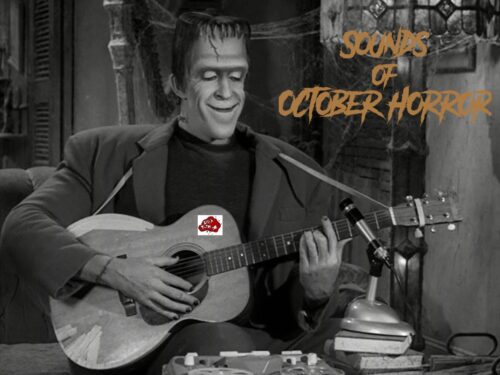A career in the arts will drive you mad. But oh, what music you will make…
Laird Cregar’s bio is a horror film in waiting. Cregar was a big-framed character actor who accidentally killed himself trying to diet his way into a leading man. He lost 102 pounds for his starring role in Hangover Square and then dropped dead from a heart attack shortly before the premiere. In hindsight you can see it in his eyes. Cregar’s persona was a hang-dog version of Vincent Price. But where Price was insulated by an erudite shield, Cregar let his audience see right through him. Maybe he couldn’t help it. He had basset hound eyes, and fought desperately to get rid of basset hound jowls. He was a major talent, a short-lived and tragic gift for us.
This little-known horror film about a fictional turn of the century composer who goes into fugue states and murders people says more about the artistic struggle than many more celebrated musician biopics. Did we get anywhere near the soul of Johnny Cash or Ray Charles in their more recent best actor showcases? Cregar plays the gifted and troubled George Bone. Atonality is the trigger for Bone’s murderous other half, killing at the sound of bad music. Any art lover can relate. George lives in the Hangover Square area of London on a block undergoing water line maintenance. This is the excuse to have the frame filled with trenches, providing a visual equivalent for the buried psychology that plagues the major character. It’s a remarkably effective device. In one of the film’s many subjective sequences that take us through Jeckyl crossing over into Hyde, a wagon of long sewer pipes falls into one of these gaping holes, creating a clattering pop-up Caligari-esque piece of installation art. The cacophony sends George out of the driver’s seat of his body and into the part of him that wants to kill a woman who pulled at his heart to pick his pocket. Artists are easy marks. It seems this mild-mannered composer has deep injuries that come out in his music. Unexpressed, they lead to ghastly acts.

And those acts burn hot. The film won my imaginary 1945 award for best use of fire to express suppressed passion. It opens with George lighting an old man on fire by throwing a kerosene lamp at him. How many student films have expressed the pain of writer’s block with a crumpled piece of paper landing next to three other crumpled pieces of paper by the waste basket? Try burning up an old man instead — those long grey beards are asking for it! Another flammable sequence involves a bonfire for the British holiday Guy Fawkes Day, which involves burning effigies of Fawkes in a five-story pile in the town square. George conveniently has a body to get rid of that night, and scales the pile of Fawkes dummies to place the corpse on the top of the pile. While watching him carry the real body in a crowd of people with limp, straw-stuffed fakes, marvel at how clever Brahm has been to weave the invisible artistic condition into the visible. If we could really see the inside of a Van Gogh or a Beethoven or Basquiat, would it look like this, a dead weighted burden no one can see? As George descends the pile of fake bodies, the crowd keeps almost setting him on fire, but politely manages to let him return to ground as they join hands in a circle and shout the traditional chorus of “kill him, kill him, kill him!” It has something to do with Parliament almost burning a long time ago. I’m sure it’s a lovely holiday.
Related: Beyond The Fashionable: Gretchen And Putting Style In Motion
The cops eventually catch onto all these people dying in George’s radius, leading to a climactic pursuit that coincides with the live performance of George’s new work. With George at the piano and accompanied by a full orchestra, Cregar plays with such storm and fury, we finally see the murderer and the musician as one. By having the two sides of George so distinctly separated by blur-soaked POV spells — one articulate, elegant, the other a mute goon — the fusion of both seen playing music so passionately is a slap and a revelation. The music is both mad and… divine. (Bernard Herrmann scores). Brahm lets his camera loose during this sequence and dive bombs the piano keys from above, then jerks it up like a yo-yo. It is invigorating. This underrated stylist brings music to life with cinema and gives us our own stake in this tragedy unfolding. We are enjoying the music of murder.
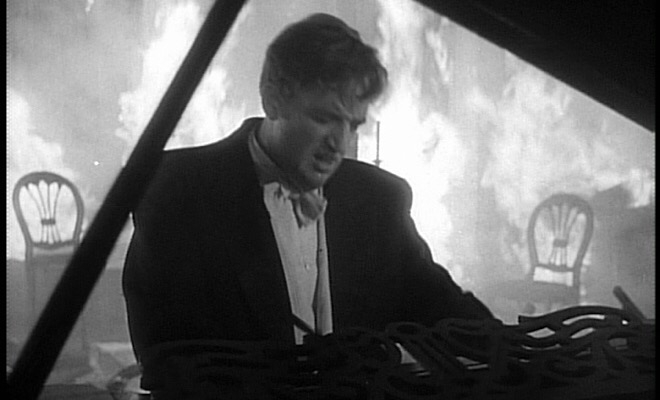
As the police close in, George leaves the stage, but brings in an understudy and insists they finish the piece. Cornered in another room, George starts tossing kerosene lamps again, hitting mostly flammable décor. It is somewhere around here that what could be garden variety horror movie madness fully blooms into an expression of artistic pain. As George races away from the police, instead of escaping, he returns to the concert hall to hear his work. As the fire spreads, the rest of the musicians flee, and George takes over at the piano. Flames rising, the police come to the same sympathetic conclusion as the audience and exit the growing inferno: There is no need for jail; he has already been consumed by music. And he burns.
Purchase Hangover Square on Blu-ray
Steve Collins’ latest film, I’ve Got Issues is now available to stream.
Find more October Horror 2020 here:
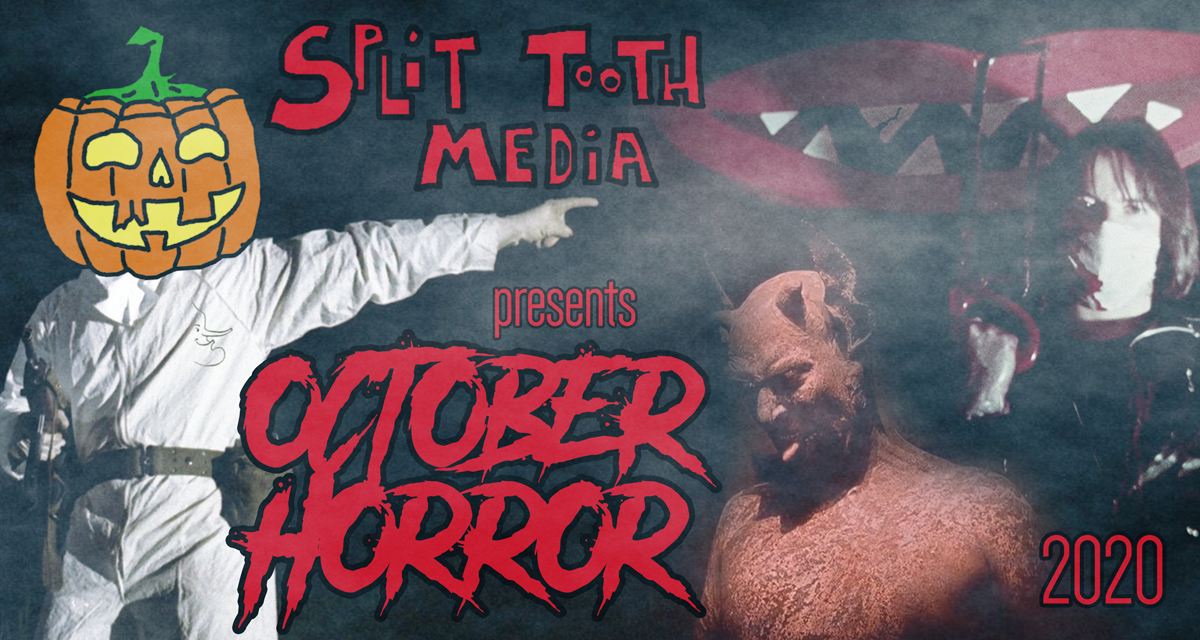
Follow Split Tooth Media to stay up to date with all things October Horror.
(Split Tooth may earn a commission from purchases made through affiliate links on our site.)

